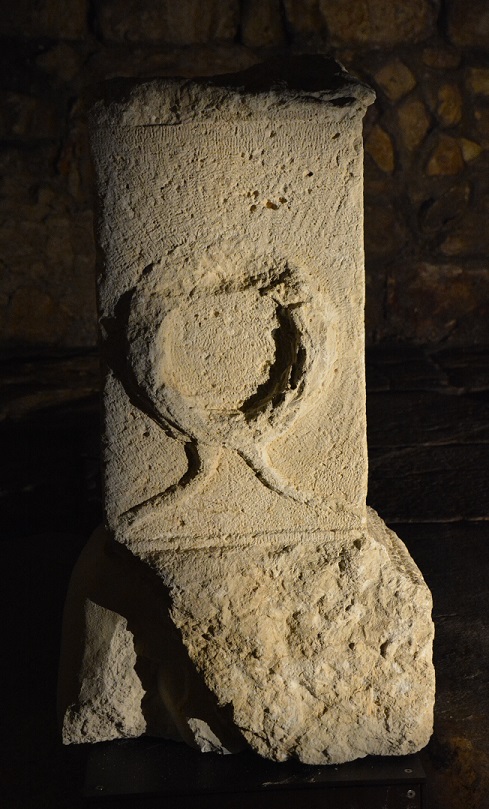The archaeological site
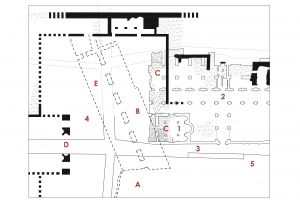
A Antonia Tower area
B Struthion pool
C Lithostrotos – paved square
D Ecce Homo arch
1 Chapel of the Condemnation
2 Monastery of the Flagellation
3 Via Dolorosa
4 St. Mary of Sion Convent
5 “Omariyya” school
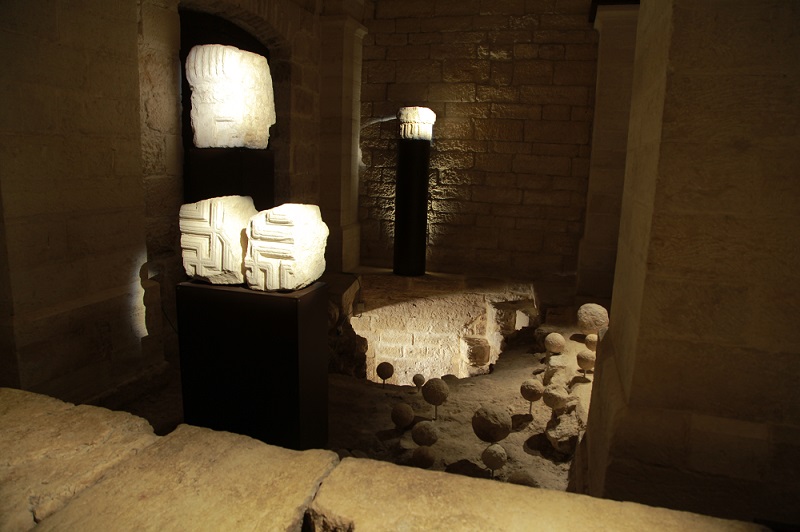
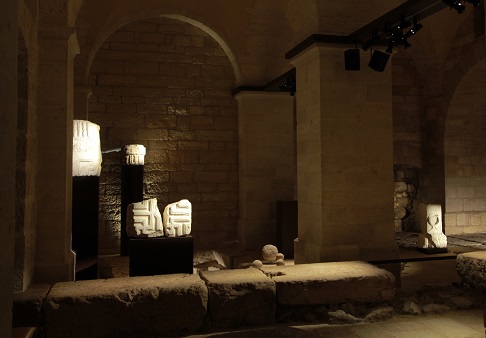
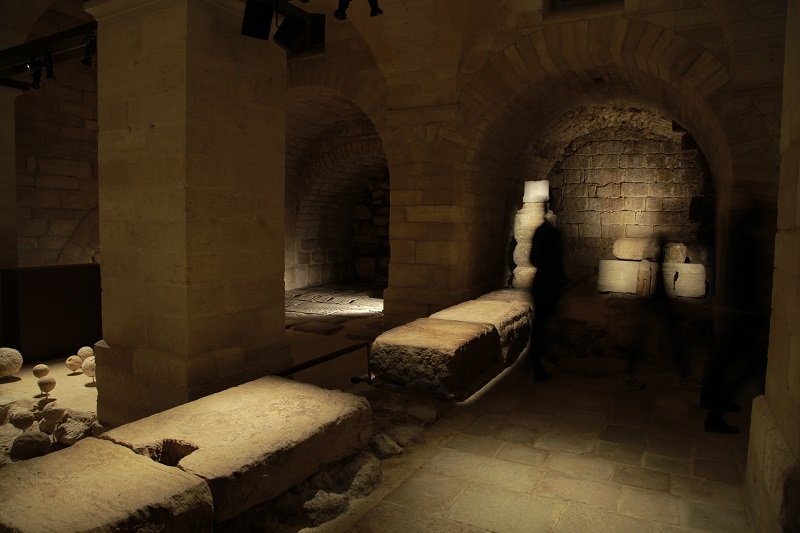
In the area which an ancient tradition identifies as the Antonia Fortress and the Praetorium of Pilate, where Jesus was condemned and handed over to be crucified, the Studium Biblicum Franciscanum (SBF) has brought to light an important archaeological site with many exceptional remains. The site has been preserved for several years as a “Lapidarium” (storage room) and is part of a late nineteenth-century building of the SBF headquarter. Now, the site houses the “Via Dolorosa” multimedia exhibition.
The archaeological site and the findings have been restored and are displayed in a new, fascinating layout.
The Antonia Tower and the Lithostrotos
Herod the Great (King of Judea from 39 to 4 BC) built a fortress in the north-west corner of the Jewish Temple which he named Antonia Tower, after the Roman general Marc Antony who supported his rise to the throne. According to Christian tradition this is the site of the Lithostrotos, a stone pavement, known in Hebrew as ‘Gabbatha’ (John 19:13) where Jesus appeared before Pontius Pilate and was condemned to death.
After the first Jewish Revolt (66-70 AD), the Roman general Titus destroyed the fortress and after the second Revolt (132-135 AD) Emperor Hadrian rebuilt this area of the city. The pool known as Struthion was covered by a paved square with a monumental arch at its entrance.
The map represents the complexity of the site, rich in layers of archaeological evidence, which cannot always be unequivocally interpreted and dated. The graphic reconstruction was performed according to a study by Bellarmino Bagatti published in 1958.
Fragments and remains found on site, now part of the multimedia exhibition
Elements once belonging to the Temple Mount or to the Antonia Tower (1st Cent. B.C. – 1st Cent. A.D.).
– Fluted column fragment with Ionic capital
– Fragment of lintel with fluted frieze. Later on it was reused to build walls
– Fragments of vaulted ceiling with meander reliefs
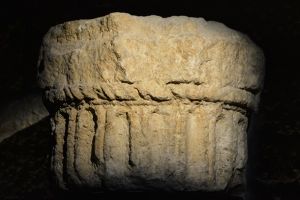
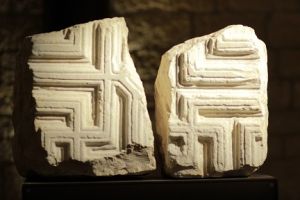
– Two parts of a Roman Inscription discovered outside Damascus Gate in 1903 and 2014. The left stone was acquired by the SBF Museum at the time of the first finding.
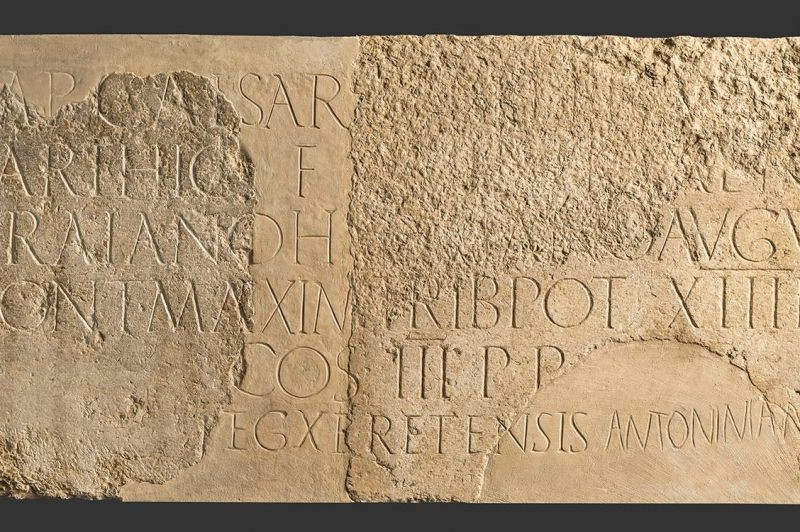
To Emperor Caesar Trajan Hadrian Augustus son of the divine Trajan Parthian, grandson of the divine Nerva, Pontifex Maximus, Tribunicia Potestas XIV, Consulate III, Father of the Nation, the Fretensis Legion [dedicates] (129/130 A.D.)
– Roman altar with laurel wreath (2nd-3rd Cent.. A.D.). found in loco at the beginnng of the 20th Cent.
